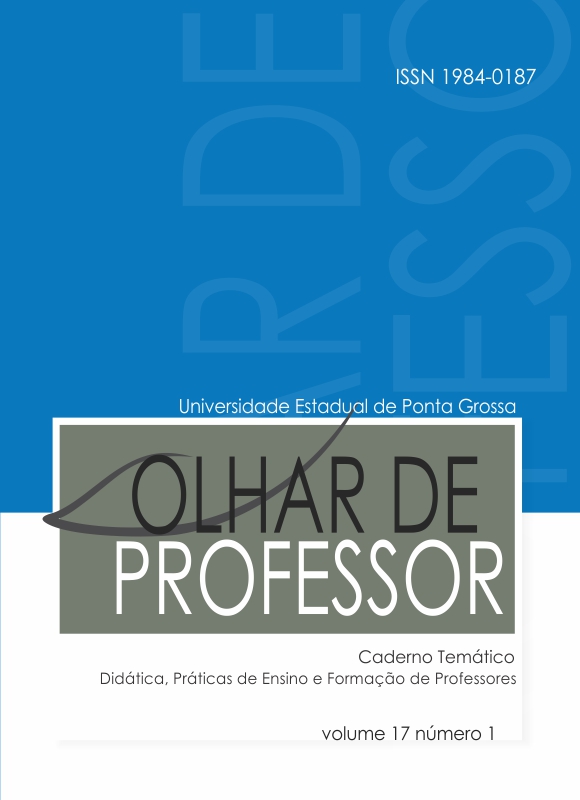FORMAÇÃO DOCENTE PARA USAR O COMPUTADOR EM SALA DE AULA: POSSIBILIDADES E DESAFIOS
Contenido principal del artículo
Resumen
RESUMO: A integração do trabalho escolar com as novas tecnologias no currículo como ferramentas exige uma reflexão sistemática acerca de seus objetivos, de suas técnicas, dos conteúdos escolhidos, das possibilidades e dos desafios. Todavia, a formação tecnológica do professor é um fator determinante para que esse processo se efetive. Neste contexto, o objetivo deste artigo é discutir sobre a formação do professor para usar o computador em sala de aula. Para tanto, realizou-se um estudo de caso com uma representatividade de 5 (cinco) professores de uma escola pública municipal da cidade de Esperança-PB. Os dados foram coletados através do instrumento questionário. O estudo foi apoiado em teorias de autores como Moran (2004), Valente (1993), Moita (2011), Libâneo (2003), entre outros. Os dados obtidos com a pesquisa apontam que inúmeros educadores não utilizam o computador nas suas atividades diárias em sala de aula, pois ainda consideram-no uma ferramenta complexa e difícil de manipular, reflexo da falta de formação e preparação dos mesmos para saberem utilizar esta ferramenta como instrumento pedagógico.






